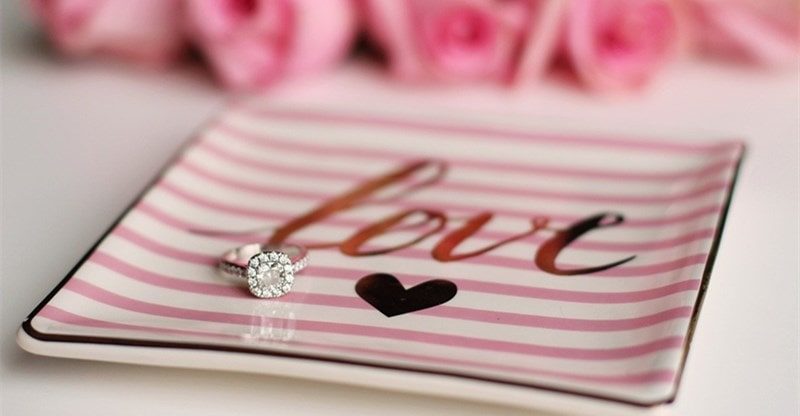Understanding The Engagement Rings’ 4 Cs
A beautiful diamond engagement ring doesn’t have to be expensive. In fact, if you know how to use the 4 Cs used to grade a diamond’s quality to your advantage, you may even get an engagement ring that’s under the initial budget.
So, if you don’t know what the 4 Cs are, we did a quick description for you:
1. Cut – The First C on Your List
The beauty of a diamond stands with its clarity and color, but none of these matters if the cut is poorly done. The cut of a diamond has nothing to do with Mother Nature (speaking about diamonds formed in nature) and everything to do with the skill and craftsmanship of the jeweler.
The cut of a diamond must do the stone justice by highlighting its best features and making sure it will sparkle at every glimpse of light. The quality of the stone’s creator is presented in the way it is faceted and polished so it will reflect light (aka, the stone’s brilliance).
In addition, a beautiful cut can change the way the stone looks to the naked eye. If a diamond is well proportioned and sparkly, the color and clarity will not matter as much to a regular person. According to the GIA guide, the diamond cut has a grading system that goes from Excellent to Poor (with Very Good, Good, and Fair, in between).
Good to know: The cut doesn’t influence the price that much. So, if you have to choose between better clarity or color and an Excellent cut, we recommend going with the cut. After all, the most stunning engagement rings are first defined by the cut and how they sparkle!
2. Color – or The Lack Thereof
The most expensive diamonds are as close to colorless as possible – like a pure drop of morning dew on your finger. However, unless the stone is big and of poor quality, it is rather difficult to see a difference in hue with the naked eye.
Still, color is important when establishing the cost of the stone, so professionals have a system to distinguish different colors. The GIA guide uses a D to Z color system, with D representing a pure, colorless stone and Z representing a light yellow or brown hue. Of course, colorless diamonds are rare and very expensive. As such, most stones used to make high-end jewelry are nearly colorless, with hints of yellow and brown.
Good to know: The color of the stone is highlighted by the cut. For instance, a pear-shaped diamond or a princess cut requires high clarity stones to look amazing, but round or emerald cuts can work with a lower grade color.
3. Clarity – Purity in Its Most Durable Form
Since natural diamonds are formed in nature, it is very rare to find a stone that’s 100% inclusions free (if there is such a thing). Natural diamonds have some type of imperfection (called inclusion), but most of them can only be seen under a microscope.
Still, to establish value and cost, specialists use a graded scale to rate diamonds. The scale starts at Flawless (FL) and goes down to Included (I). The latter meaning that “blemishes are obvious under 10× magnification and may affect transparency and brilliance” (according to GIA).
Good to know: Most diamond shapes look amazing at SI1 [Slightly Included] clarity and up. So, if your budget is limited, don’t be afraid to get a lower clarity (unless you can see blemishes with the naked eye).
4. Carat – Aka as Weight
In the world of diamond jewelers, the cataract is the measuring unit for weight. As such, one carat is 0.2g and is divided into 100 points. Overall, the carat is not of extreme importance – it’s mostly a way to know just how big and valuable the stone is. However, in terms of visual aspect, stones of the same carat can look different in size due to shape, clarity, and color.
Good to know: There is a big difference between carat and karat, which is used to reflect gold purity.
Wrap Up
Now that you know how to choose the best diamond for the engagement right (according to your budget), there’s no doubt that she’ll say yes. So, you can go on to planning the best wedding ever!



